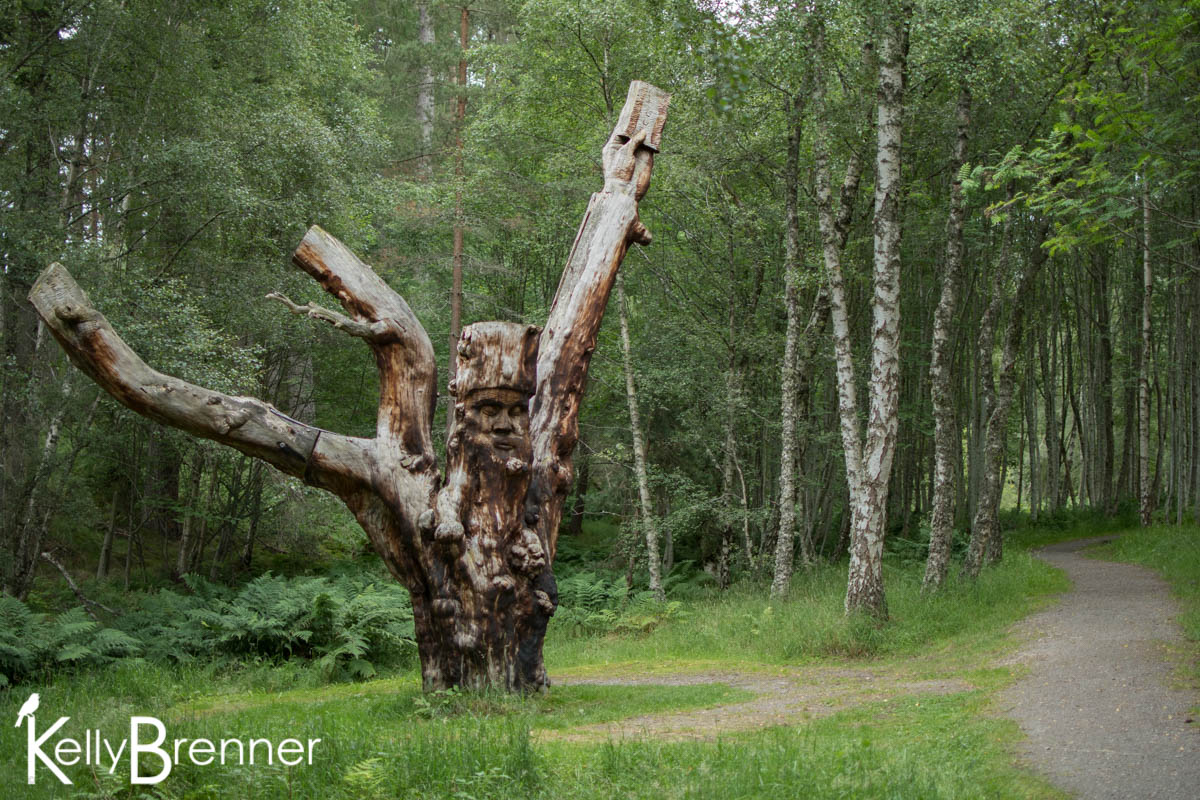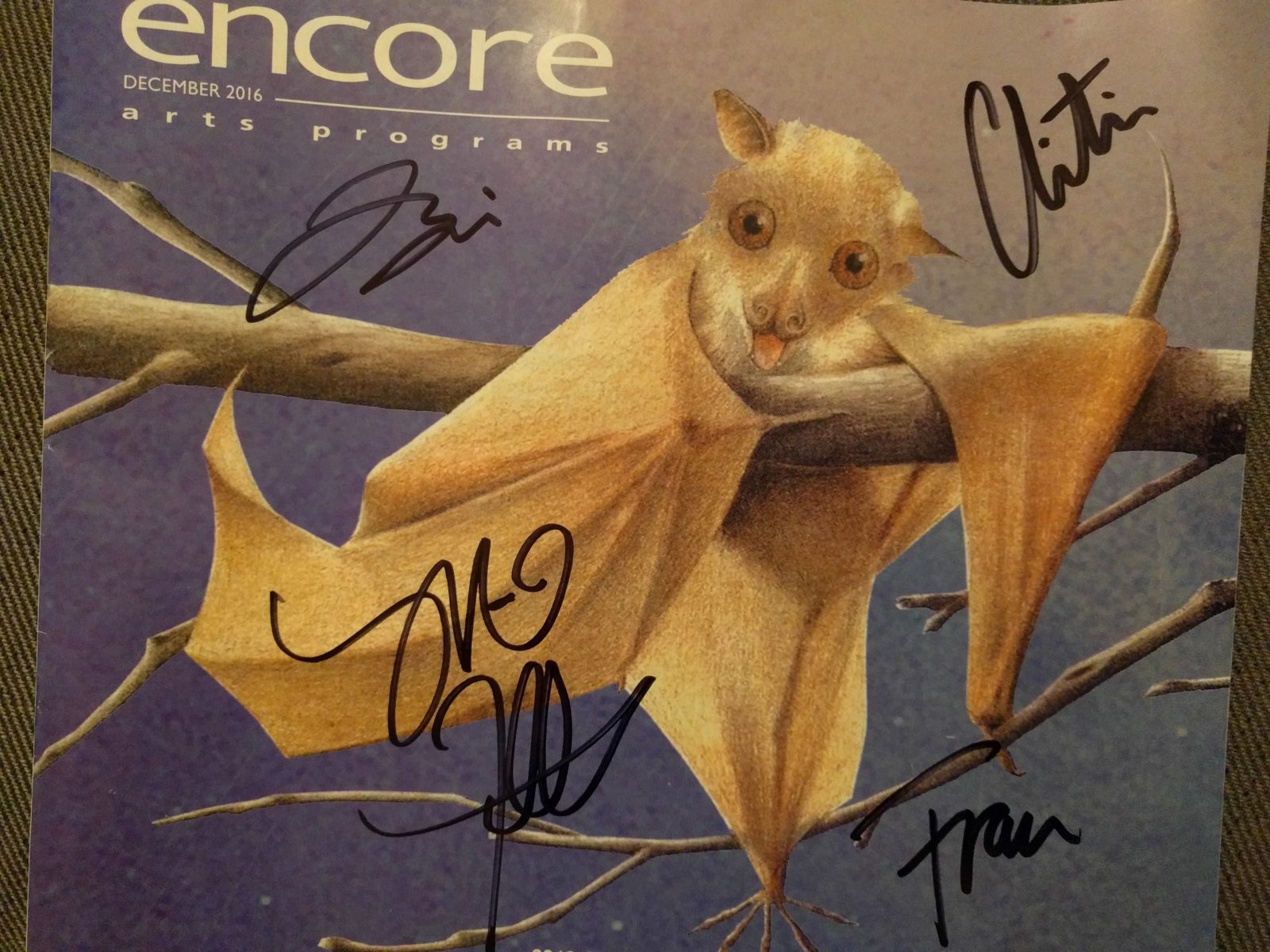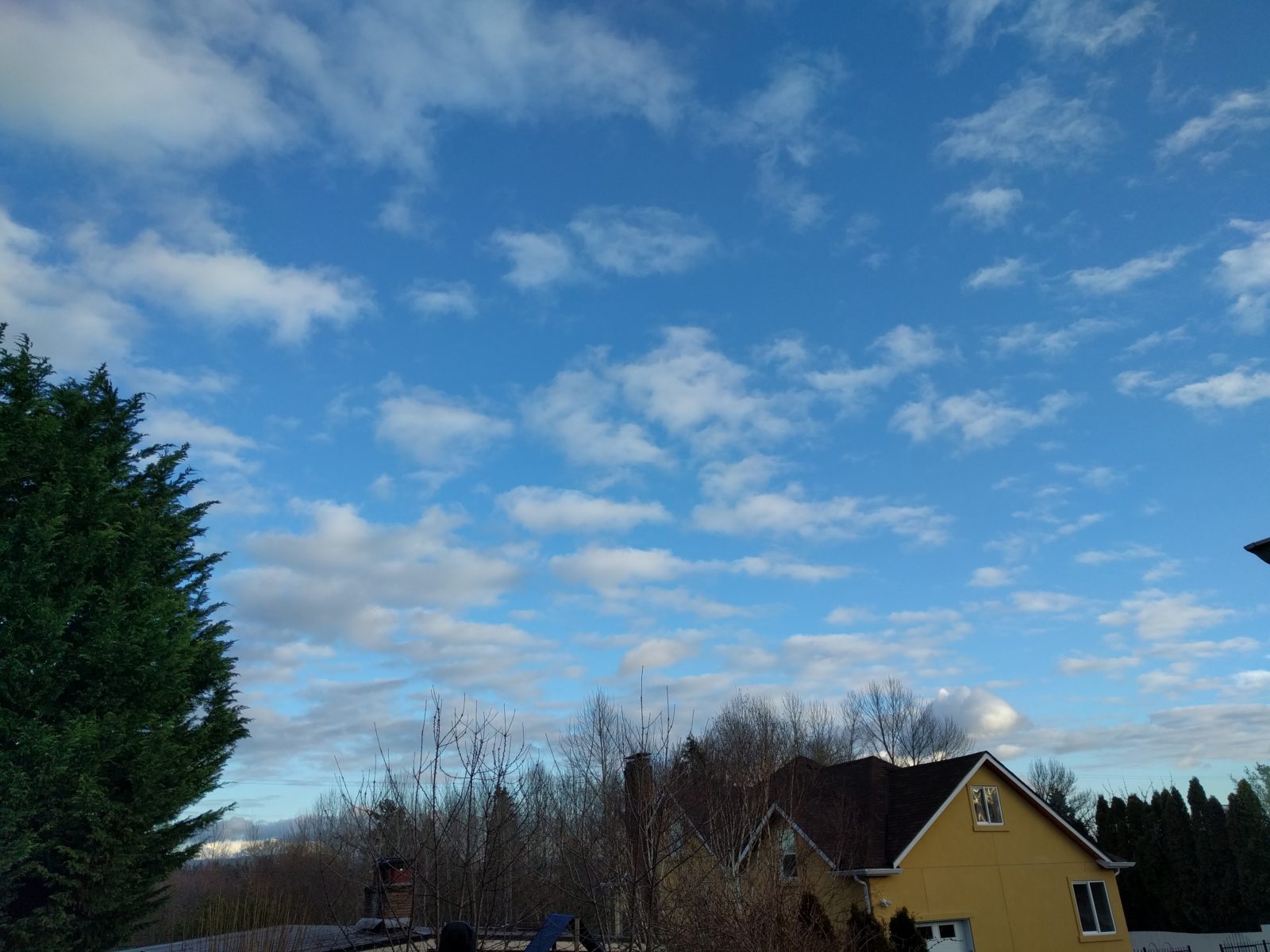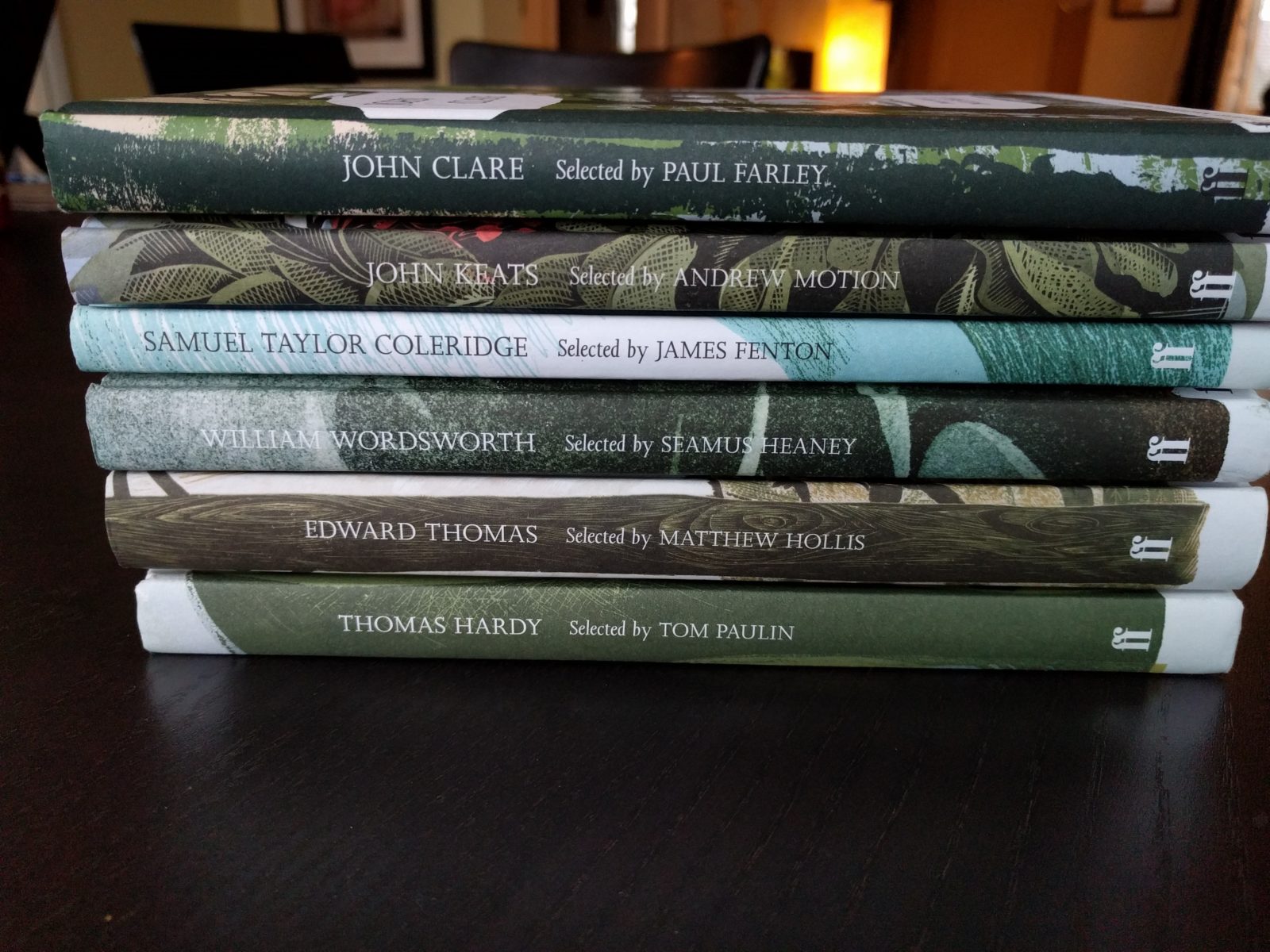In 2016 I’m doing a 365 Nature project. Learn more about the project and see all the 365 Nature posts.
In the morning we had a few moths again, this time a bright yellowish one that I think was a Brimstone Moth. The next time we visit somewhere I’m going to have to figure out a way to attract more moths.
We finally made our way up a mountain today, but first we wanted to take a short walk. In Cairngorm National Park is Glenmore Forest Park and one of the destinations is the Frank Bruce Sculpture Trail in Feshiebridge. We were the only people there when we arrived and we set off along the one mile trail. It wasn’t long before we arrived at the first sculpture, a towering trunk of wood titled The Archetype. It was carved out of an old, branching tree trunk and it was stunning. We continued through an alder forest, a tiny stream trickling through the trees and surrounded on both sides by towering mosses. Each of the sculptures we encountered were beautiful, it was like meeting spirits in the woods.
Eventually the winding path arrived at a walled garden and we had to enter through a large, wooden gate, behind which a flock of Robins were fluttering around. Inside, the sides of the path were filled with Stinging Nettle and Fireweed, along with Queen Anne’s Lace-like flowers. The sculptures here were much more unsettling, a commentary on human nature by the artist.
As we walked back through the trail and sculptures, a family passed us with equally awed faces and said “good, aren’t they?” A hidden treasure, and certainly under-visited from what we saw.
We continued through Glenmore Forest Park stopping in at the Visitor’s Center where we looked at the displays and watched the bird feeders. I spotted a Red Squirrel taking nuts from one of the feeders and a Great Spotted Woodpecker at another peanut feeder. At the seed feeders were Siskins, Blue, Great and Coal Tits and Chaffinches.
Finally we headed for Cairngorm Mountain. Leaving Glenmore we drove through forest before finally leaving it behind and entering a heath filled landscape. The sudden break from forest was dramatic and we stopped at the first parking lot overlooking rolling mountains filled with purple heath. I spotted a bird in the heath and decided it was a Wheatear. At the end of the car park was a stone structure built for watching the Black Grouse lekking. I would have loved to have seen it, but we were too late in the day, and I think too late in the season to watch lekking.
We continued on up the mountain until we reached the final car park where we got out and went to the visitor’s center. A very kind person gave us tickets for the mountain funicular, a train ride to the top of the mountain. He had bought extras and was nice enough to give them to us. We boarded and took the eight minute ride to the top, watching the slopes for birds. I spotted two black birds fly away from the train, and although couldn’t identify them, I suspected they were Ringed Ouzels.
We arrived at the top, entering through the side of the mountain. After disembarking, we went up four levels, starting at an exhibit floor then up to a shop and finally up to a restaurant with a viewing terrace. It was this where I headed to look out at the mountainside. I was hoping for Black Grouse, Ptarmigan, Ring Ouzel, Mountain Hare, perhaps a lucky Golden Eagle, but the wind was fierce and the air was cold. I saw not a single bird, though I outlasted many other people outside in the cold wind. With sadness I gave up and went back inside, lips numb.
We caught the train back down the mountain and visited the garden, planted in zones to represent what the highland mountains should look like. For many reasons from logging to overgrazing, no trees remain on the vast majority of highland mountains, changing the habitat. I saw some familiar plants like Arcostaphylos uva-ursi, a native plant we know in the Pacific Northwest as Kinnikinnick.
At the top of the garden was a camera obscura, mounted on the top of a small building, rotating around. Inside two black curtains stood a lone table, projecting the camera obscura’s image, a mountain landscape with lochs, topped by clouds. Back outside I stood at the very top of the garden in one last hope of spotting some bird, any bird and finally saw another black bird. It was a fair distance away, but I could see it was black and when it flew, the underside of the wings were very light. The Ring Ouzel has light triangles on the underside of its wings and I was happy to finally have spotted one of the animals I was hoping to see. Not a great success, but at least a success.
Back at our cottage, after a stop at the local Waterstones to buy yet more nature books, I noticed an orange animal that at first I thought was a cow, in the field opposite. I realized it was a deer, but what caught my attention were more than two dozen swallows flying back and forth over the deer. It went on until near dusk. In the evening I spotted Swifts, which I’ve been seeing every night here.






